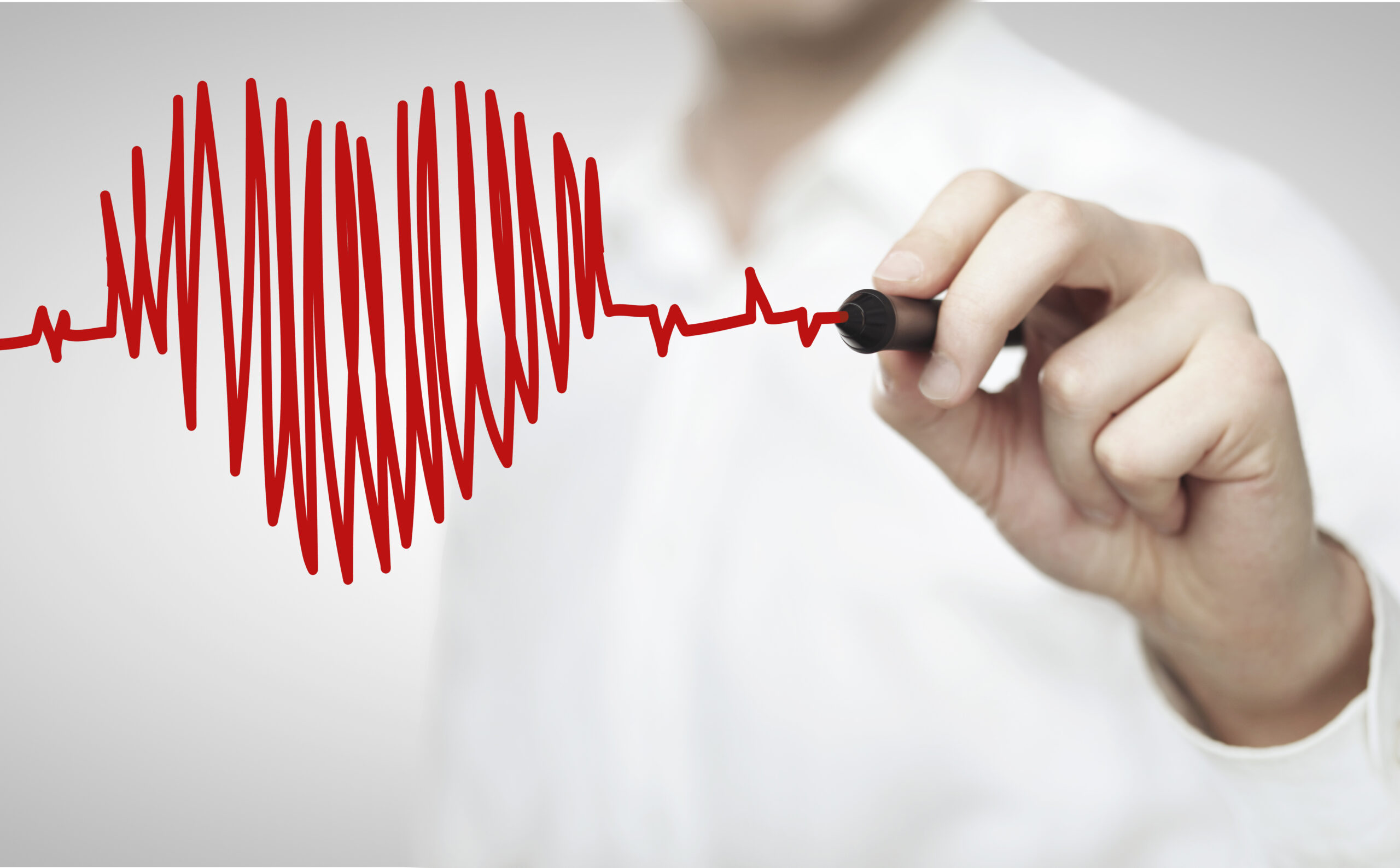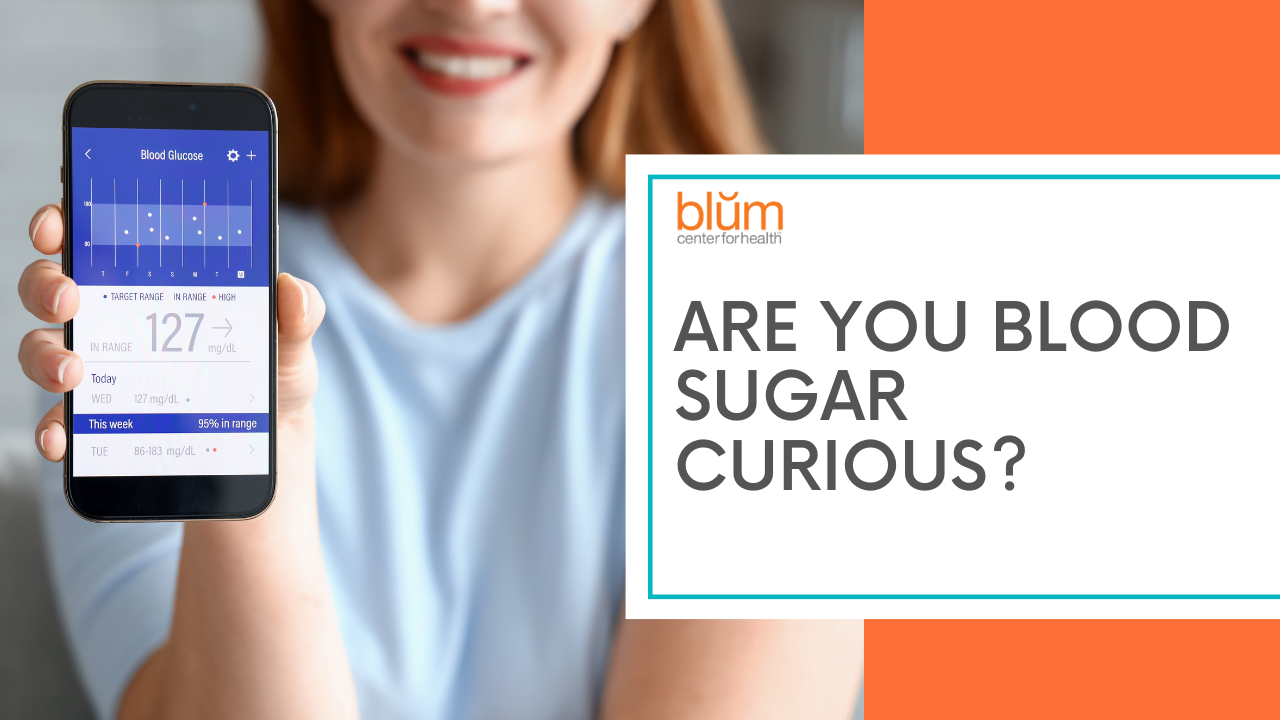
When it comes to chronic health issues, from high blood pressure to autoimmune conditions to headaches, the impact of stress is largely overlooked. Conventional doctors tend to focus on treating the condition with medication. And many people would rather sweep stressors under the rug than deal with the discomfort.
However, stress and trauma have serious consequences on your gut, your immune system, and the expression of your chronic symptoms. Improving your resilience in the face of stressors could be the magic key to keeping your condition at bay. After all, less stress = less pain!
Here are 6 ways you can reduce the impact of stress on your health:
- Simplify your schedule. If you are struggling with a chronic condition, it is a cry for help from your biological system. Give yourself time and space to renew and rebuild the resilience that you are lacking. Open space in your week to just be. Ask yourself honestly, “Where can I slow down?” When I first begin working with a new client who is go-go-go, their immediate answer is, “I can’t slow down.” Go-go-go is a habit, and habits can change. If this is you, you might start with, “Where can I carve 5 minutes out of my day to do deep breathing?” That’s a great place to start.
- Find time for sleep. Make sure you are prioritizing shut eye. Create a bedtime routine that is relaxing and supportive – take a bath, sip some tea, read a pleasant book. Avoid screens two hours prior to bed and help the whole family get on board. Doing things with support makes them much easier!
- Make room for movement. I’m a big proponent of “start slow.” You don’t need to add a strenuous exercise routine right away unless you find that that helps your pain. To start, just make a plan to have a short walk outside, or put down your yoga mat and gently stretch and move your body. Consider a yoga or tai chi class for meditative movement. Even 10 minutes each day has benefits. And, 10 minutes six days a week is more impactful than 60 minutes on the weekend. Your body and brain crave consistency.
- Book a massage –- or other bodywork -– for pain relief and stress reduction. Acupuncture, craniosacral, myofascial release are all good options to check out. Breathe and let go!
- Explore mindfulness meditation — This can be as simple as listening to a guided meditation on an app or with our Learn to Relax Toolkit. You can also find a class, such as Mindfulness Based Stress Reduction (MBSR) in your area and start a daily practice. Or, you can simply make time to take deep, cleansing breaths throughout your day — setting a reminder is a great way to make sure you remember to do it!
- Consider therapy — The stress and trauma from past experience sometimes holds us back from being able to let go of tension in the body. Past traumatic experience can lead to increased pain and function in autoimmune disease, and addressing it can lead to improved symptoms.
Finding this compelling but don’t want to do it by yourself? I feel so strongly about self-care that I recently completed the Advanced Training with the Center for Mind-Body Medicine. And now I want to share new skills with you!
In fact, my friend and colleague, Sara Santora, also a Center for Mind-Body Medicine graduate, and master yoga teacher, will be co-facilitating a 6-week group called Inner Peace Practices for only 10 people. We’re so excited!
It will be a very special experience. Promise. (And, I never make a promise I can’t keep.)








